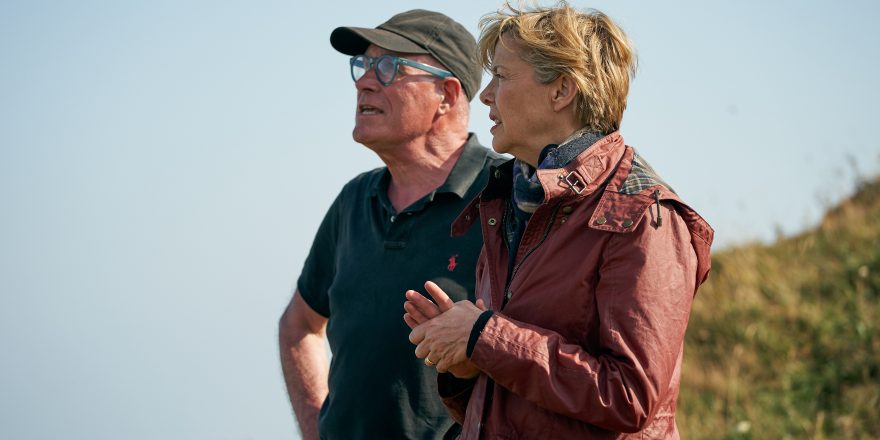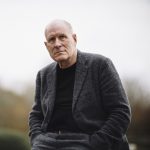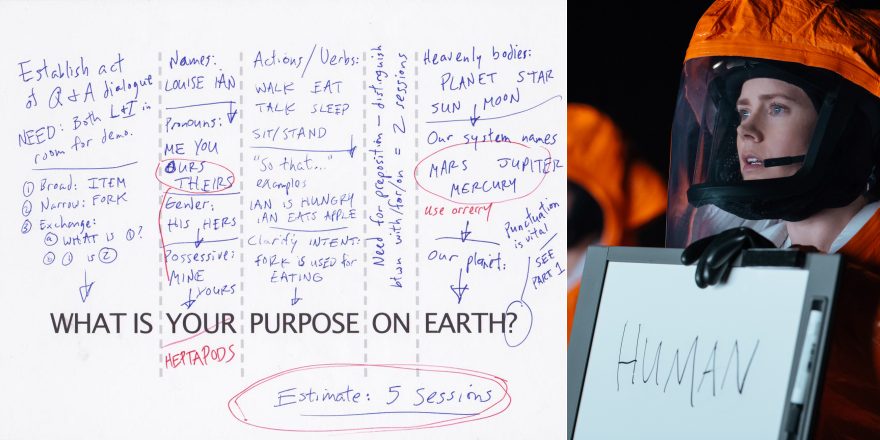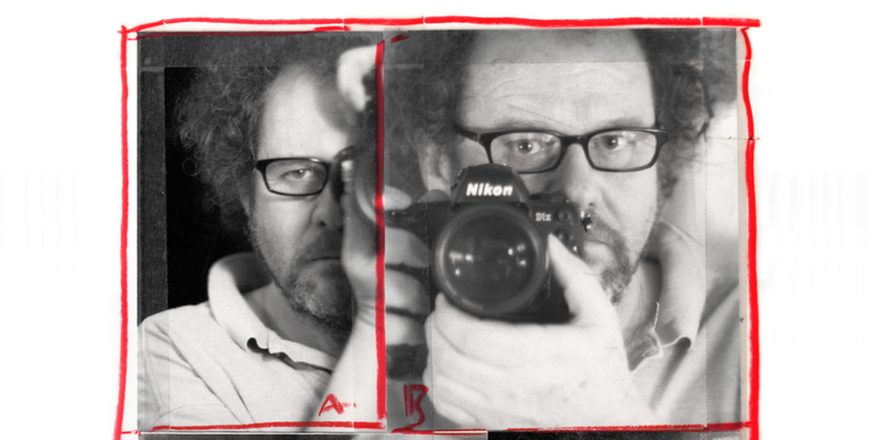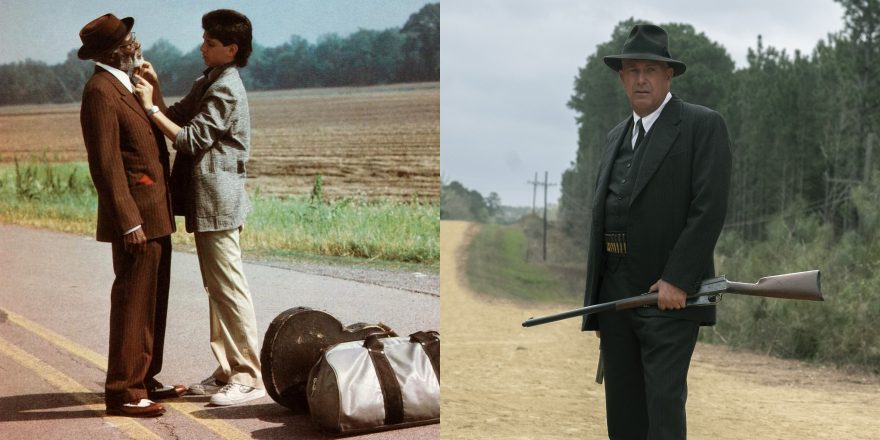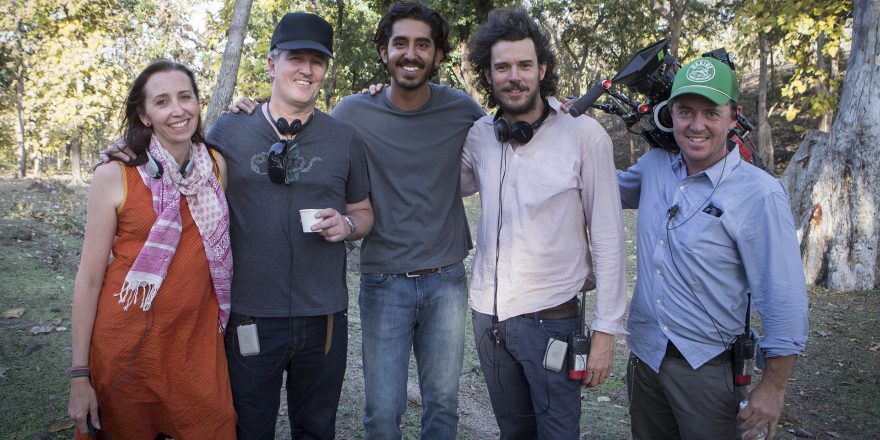I’ve just finished watching Damon Lindelof’s dazzling “remix,” as he calls it, of Watchmen. I watched with awe, and also with a kind of guilty excitement. Can you really do that? When Lindelof throws in a sequence that has no connection with its surrounding episode, and no explanation, and is crazy weird in itself, and is not referenced afterwards, I’m saying: Can you really do that? But he’s just done it, and it’s liberating. It’s also smart storytelling. I kept watching partly to see if the craziness all made sense in the end. No spoilers if you haven’t seen Watchmen, but there are explanations by Episode Nine, there are tie-ups. But here’s the sad thing: The more it gets explained, the more the potency drains away. The awesome mystery turns out to be, well, kind of silly.
It’s the old familiar trap of storytelling. Endings usually disappoint.
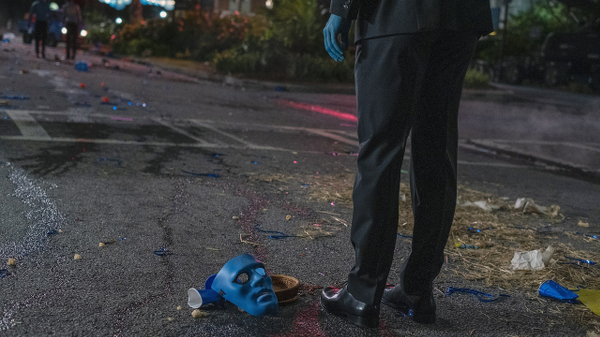
I’ve been puzzling a lot recently over how stories end. After all, what makes a story a story and not a description of life is that it has a beginning, a middle and an end. That’s why we crave stories. They’re versions of our reality that contain structure, meaning, causality, and consequences in a way that our lives fail to do. Life’s a mess. Shit happens. There’s no justice. Bad people win, good people suffer for no reason. The world is cruelly unfair. Stories clean all that up. Even dark stories, stories with unhappy endings, stories where villains win, they’re still constructs, they’re telling us all the way through that things connect, that life isn’t random.
But life is random. Stories aren’t true.
The ending trap is this: Happy endings make you feel good but come across as fake, and bleak endings come across as true but make you feel bad. How do you pull off the trick of tying up your story so that it feels both true and worth the watching?
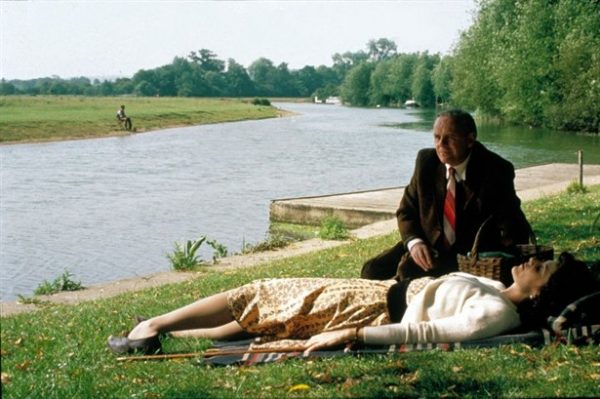
The two screenplays for which I’ve had Oscar nominations, Shadowlands and Gladiator, tackle this problem in similar ways, despite being such different stories. Both end in a death that is presented as the necessary price for a victory. To quote Anthony Hopkins’ character in Shadowlands: “The pain now is part of the happiness then. That’s the deal.” This works because our own experience tells us that happiness always comes at a price, often a very heavy one.
But how do you end a story that isn’t over yet?
This is where it gets personal, because my new film Hope Gap is my own “true story.” It’s about the breakup of my parents’ marriage. At the time, I thought I’d handled it really well, and why not? I was in my late twenties when my father left, I’d seen it all coming. I flattered myself that I’d accumulated a lot of insight into what had happened; how two good people, who had stayed married for 30 years, ended up parting in a mess of guilt and pain. I’m a writer. Turning real life into stories is what I do. The centerpiece of the story would be the weekend when my father asked me to make one of my rare visits home, the weekend when he told me on the Saturday that he was leaving my mother on the Sunday, and he wanted me there to pick up the pieces. I knew this offered, in storytelling terms, the classic element of suspense. The audience learns in advance that something terrible is going to happen to the unsuspecting central character, and waits for the blow to fall. It’s not exactly a shoot-out, but it’s still an action sequence. It’s just that the action is all emotional.
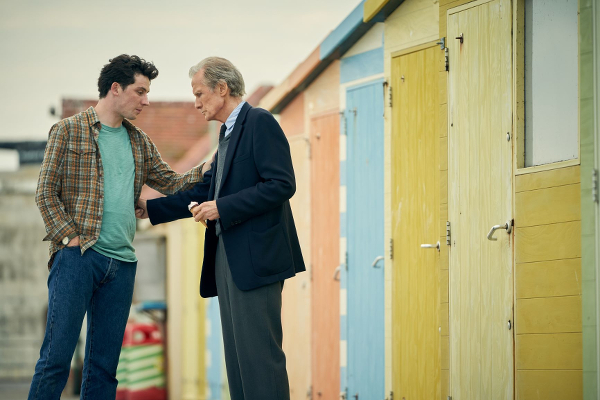
What I didn’t realize, as I fashioned my “true story,” was that the narrator, the character based on myself, was far from being a neutral observer. The process of writing revealed to me that I had not handled my parents’ breakup well at all. I may have been an adult when it happened, but it was the child in me who experienced the loss. They were the gods of my little universe, the First Man and the First Woman I had ever known. What happened to them also happened to me. I had been dealing with it by not dealing with it ever since. As I wrote, the truth emerged: The young man who had been so afraid of his mother’s unhappiness had also been afraid of his own unhappiness. That story was, and is, far from over.
A stage play emerged from this process, which ran on Broadway, with Eileen Atkins and John Lithgow as “my parents,” and Ben Chaplin as “me.” I’ve now developed the play into a movie, which I directed as well as wrote, with Annette Bening, Bill Nighy and Josh O’Connor. So I’ve had two shots at solving the problem of the ending.
A woman’s husband leaves her after 30 years. Her world falls apart. It’s both her fault and not her fault. She’s 60 years old, it’s late to start again. Where does the story go now? My real mother never formed another relationship, and lived alone until she died. What sort of ending is that? But this isn’t a whole life story, it’s a fragment, a moment in three lives, a pivot on which three lives turned. My task is to tell the truth about those three lives, in that short moment. And that’s when I realize that I seem to believe that telling the truth is itself some sort of an ending. Is that so? And how do you tell the truth in a story?
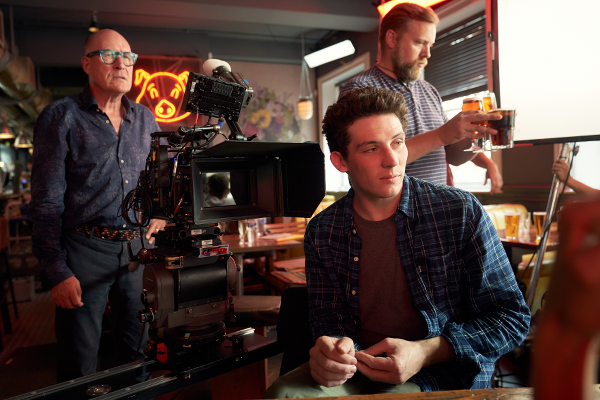
Truth isn’t the same thing as it happened. Truth can be made up, as it is in fiction. When you meet it, you know it. Something clicks, and you say to yourself, Yes, that’s how it is. It has nothing to do with what you want, or what makes you feel good, and yet, mysteriously, encountering truth does make you feel good. There are even moments in Lindelof’s crazy Watchmen that give me this electric buzz, so it seems truth can co-exist with fantasy. I’m talking about those images, or words, that connect instantly with your sense of how things really are at some deep unchanging level. I need another word, one that isn’t on the slippery spectrum of truth/lies, real/fake, fact/fiction. Call it essential truth. That’s good, because it means the truth of being.
I believe we respond in movies, as in all art, to this truth of being. The ending feels right when the journey we’ve taken while watching the movie has actually proved to be worthwhile. We’ve gained from the experience. We’ve touched something essential.
The last words of Hope Gap are spoken by the young man, the boy, who is in some sense me. They are: Let me go. Nothing has ended. The mother character is alone, unsure what her life will bring. The father character is becoming, at last and late in life, the person he’d always wanted to be. And the son is asking to be released, so that he can grow beyond childhood. That’s how it was. That’s how it is. It’s as true as I can make it. Is that an ending?
Featured image of William Nicholson and Annette Bening on the set of Hope Gap by Robert Viglasky. All Hope Gap images courtesy of Roadside Attractions and Screen Media.


